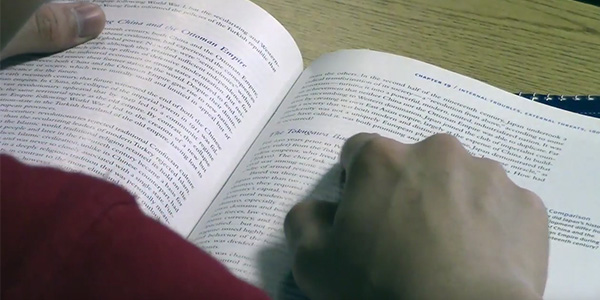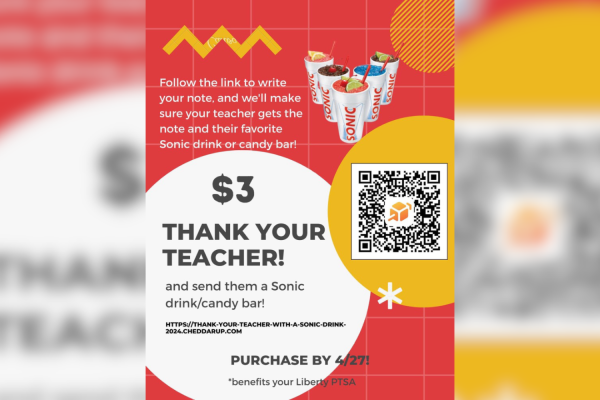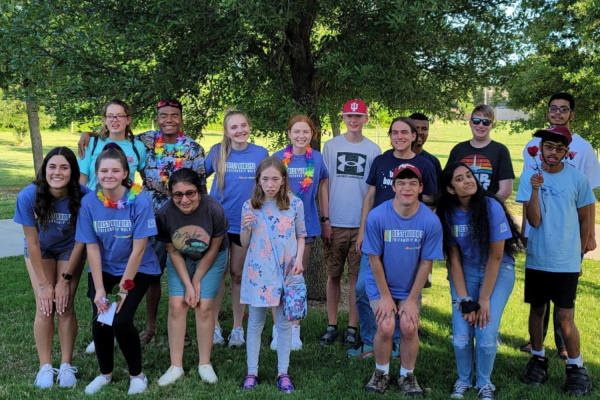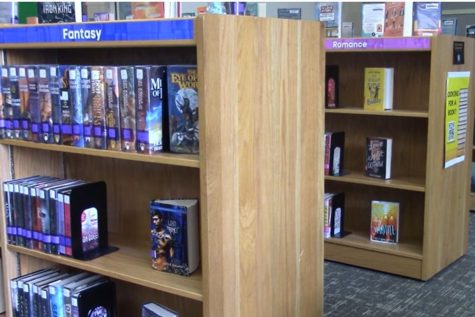AP World History students explore the past of slavery

Students learned about the effects of colonialism during the early modern era through the creative freedom of either a podcast or infographic.
November 13, 2020
Students in AP World History traveled back in time to take a closer look at the events that occurred during when slavery was at its rising point, and voice what they learned through a podcast or infographic.
Students went through a gallery walk of primary sources detailing the realities of the encomienda system, mit’a system, and the transatlantic slave trade.
“Looking at the realities of enslavement is a difficult topic to teach because it brings up the part of our human past that is troubling and difficult to reconcile with how we want to view our history,” Reedy HS teacher Jocelyn Harty said via email. “However, it is imperative that we spend the time, even if it is uncomfortable, to understand the reality of history as it happened, so that we can improve our future moving forward.”
Students learned about the effects of colonialism during the early modern era, and sophomore Jayna Yoon thought the best way to express her feelings was through a podcast.
“So basically we have to research the different aspects and effects of colonialism and either put our findings into a podcast or infographic,” Yoon said. “Obviously [slavery] is a really sensitive topic with lots and lots of negative effects and I personally felt like the way I could best express that is through a podcast!”
A podcast was also the best way for sophomore Sadhana Dharmireddy.
“I liked this medium because I talk a lot, actually, and I feel that talking is the best way for me to convey a message,” Dharmireddy said. “I was shocked to see how bad slavery really was. You never learned in middle school how bad it truly was so it left me in chills.”
Sophomore Iliana Solis chose to do an infographic rather than a podcast as she believed that it would be an easier way for information to get across to people.
“As I was reading the different sources that were provided [for us to read], I came to realize just how extreme slavery really was,” Solis said. “When we first learn about it, we don’t go in depth with it, so reading some of the stories of their experiences or what the indigenous people who lived there experienced after the Europeans came helped to give me a better understanding of the impacts of colonialism. I actually decided to make an infographic, instead of a podcast, because it is something that anyone can quickly read and get information from.”












